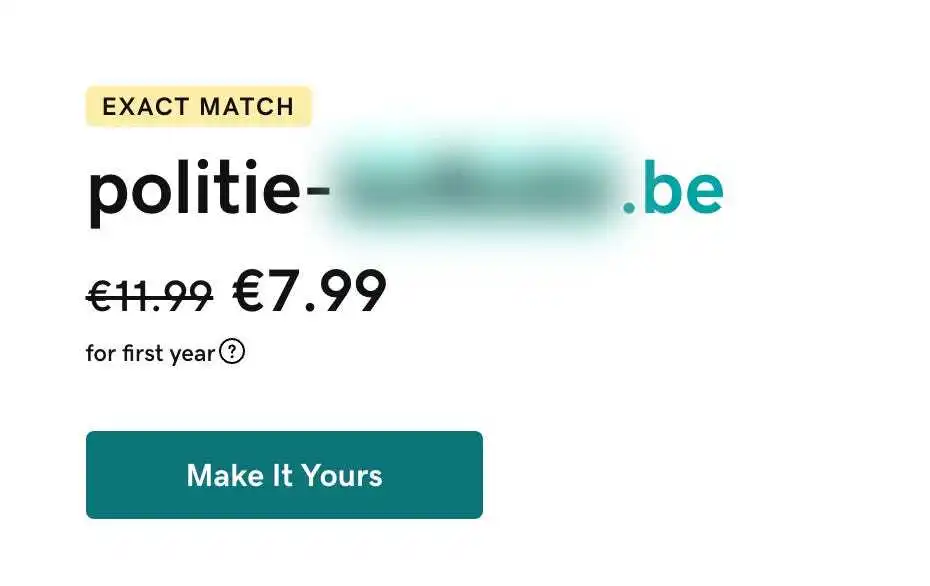When privacy expires: how I got access to tons of sensitive citizen data after buying cheap domains
When privacy expires: how I got access to tons of sensitive citizen data after buying cheap domains

As part of a large-scale privacy investigation, I have bought more than 100 domain names previously belonging to social welfare and justice institutions in Belgium. What I observed was unsettling.
